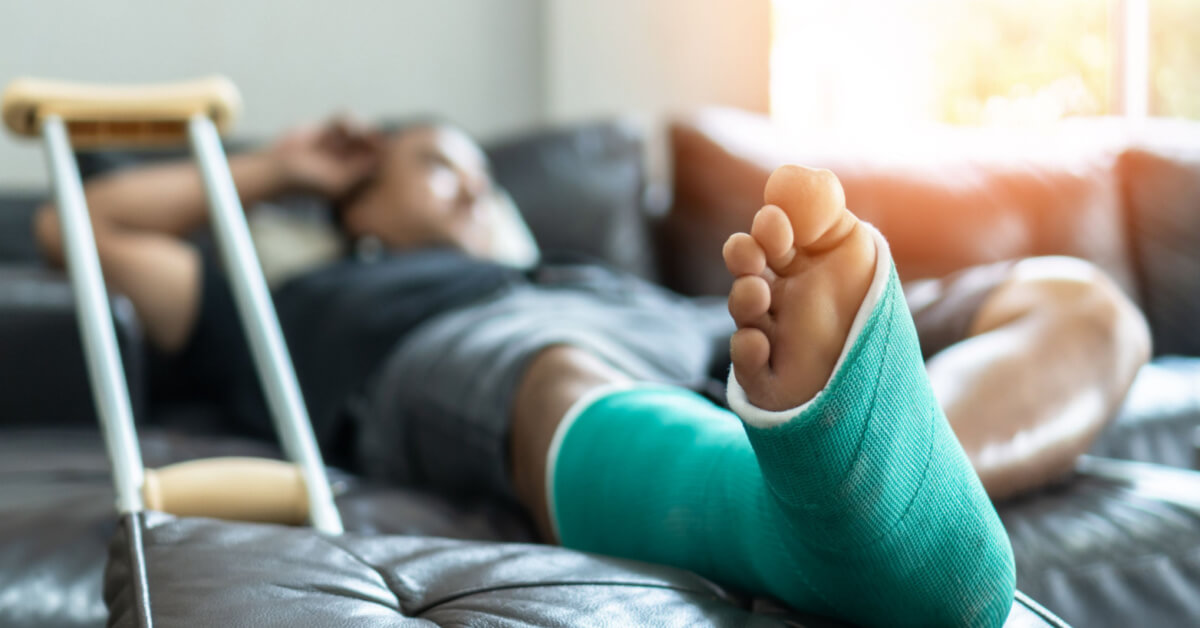
When an injury occurs, it’s necessary to assess it as this informs what you need to do next. To be able to do so on the spot allows you to act sooner, meaning you have the best chance of healing faster or preventing further injury. Depending upon the specifics, different parts of the musculoskeletal system may be damaged. Fair Go Access is here to assist.
An acute injury happens suddenly caused by an unexpected impact or movement. The most common acute injuries include broken bones, concussion, dislocation of joints, fractures, knee injuries like ACL tears, muscle sprains and others.
Identifying or ruling out a fracture is perhaps the most important thing to do when beginning an acute injury assessment. This is because dealing with this issue first can prevent further damage.
It may seem obvious when put into context, but it is good to know the signs of a fracture. These include swelling, deformity, pain even without bearing any weight, or wounds around the site of the injury without any obvious bleeding.
Of course, there are many other types of acute injuries. In terms of the basic principles of injury assessment, you should consider the location and intensity of the pain, whether there were any audible signs, any pain or instability when you move that body part, and if you can bear weight on it. All of these will help you determine what to do next and what to tell medical health professionals should you require their assistance.
As opposed to acute injury assessment, chronic injury management is a little more complex. The concerns here include the duration of symptoms, identifying both aggravating and alleviating factors, reductions in function, weakness and instability.
Where any of the concerns mentioned regarding either acute or chronic injury assessments raise anxieties over being able to deal with it on your own, it is always best to call for professional help.
This is especially the case when certain red flags are raised. These may include disorientation following a head knock, inability to move extremities, inability to move normally and/or bear weight, numbness or a dislocation. In these cases, emergency help should be sought.
To learn more about taking care of injuries and managing disabilities at home, reach out to Fair Go Access on 03 5298 2746.